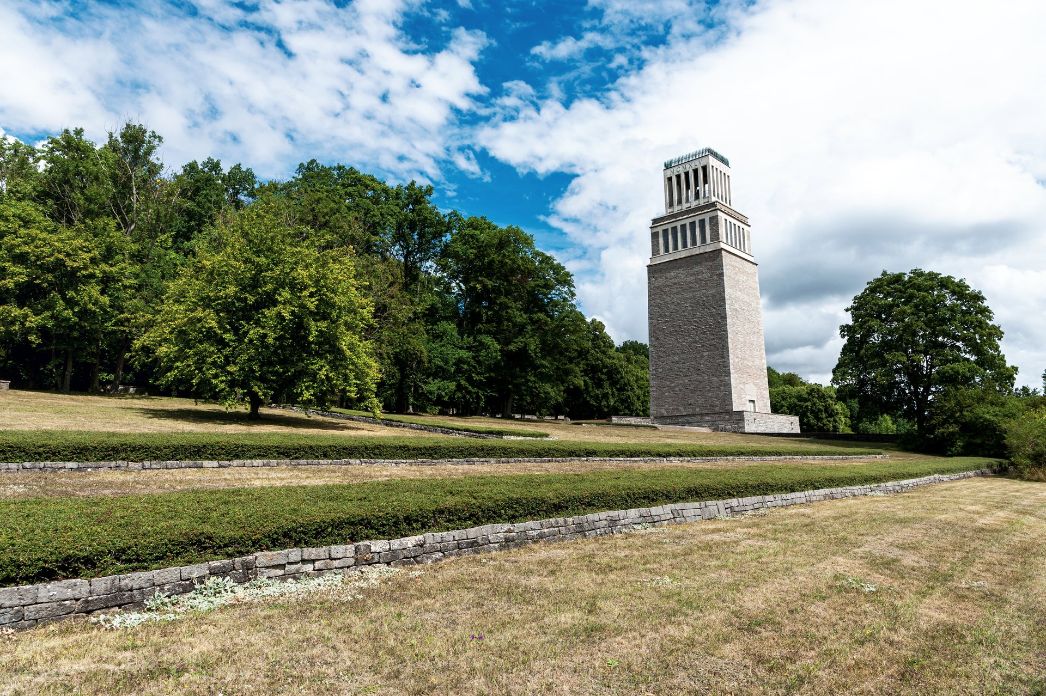
The cemetery was neglected in the late 1940s, and the names of the dead faded and were lost. Many of the bodies were reinterred during the construction of the
During the restorations of 1996, new research enabled the names of the dead to be displayed on the rows of graves. In 1997, ashes from over 700 urns discovered during the restoration of the roof of the crematorium were interred here, as were bone remains donated from the collection of the Deutsches Historisches Museum in Berlin in 2004.

